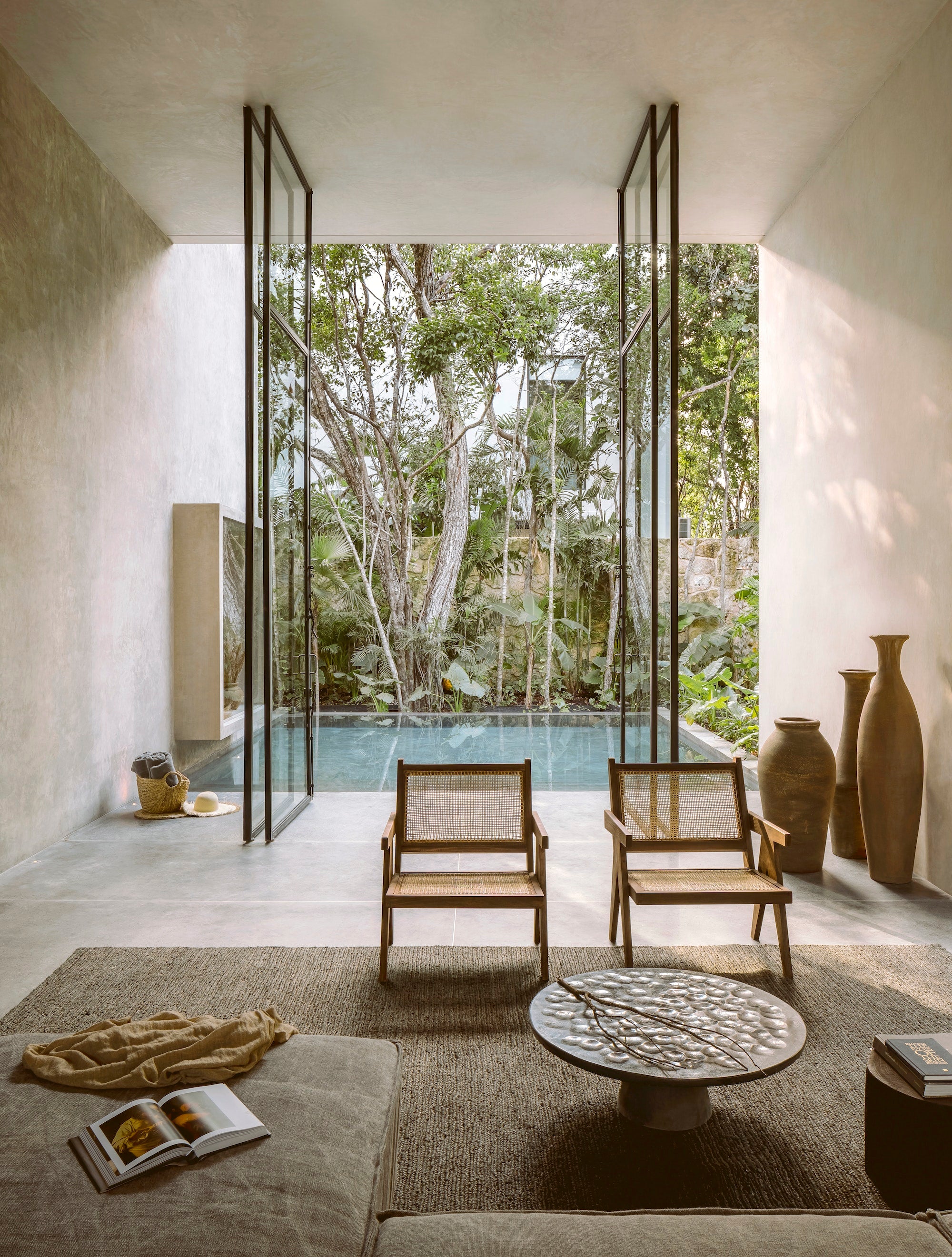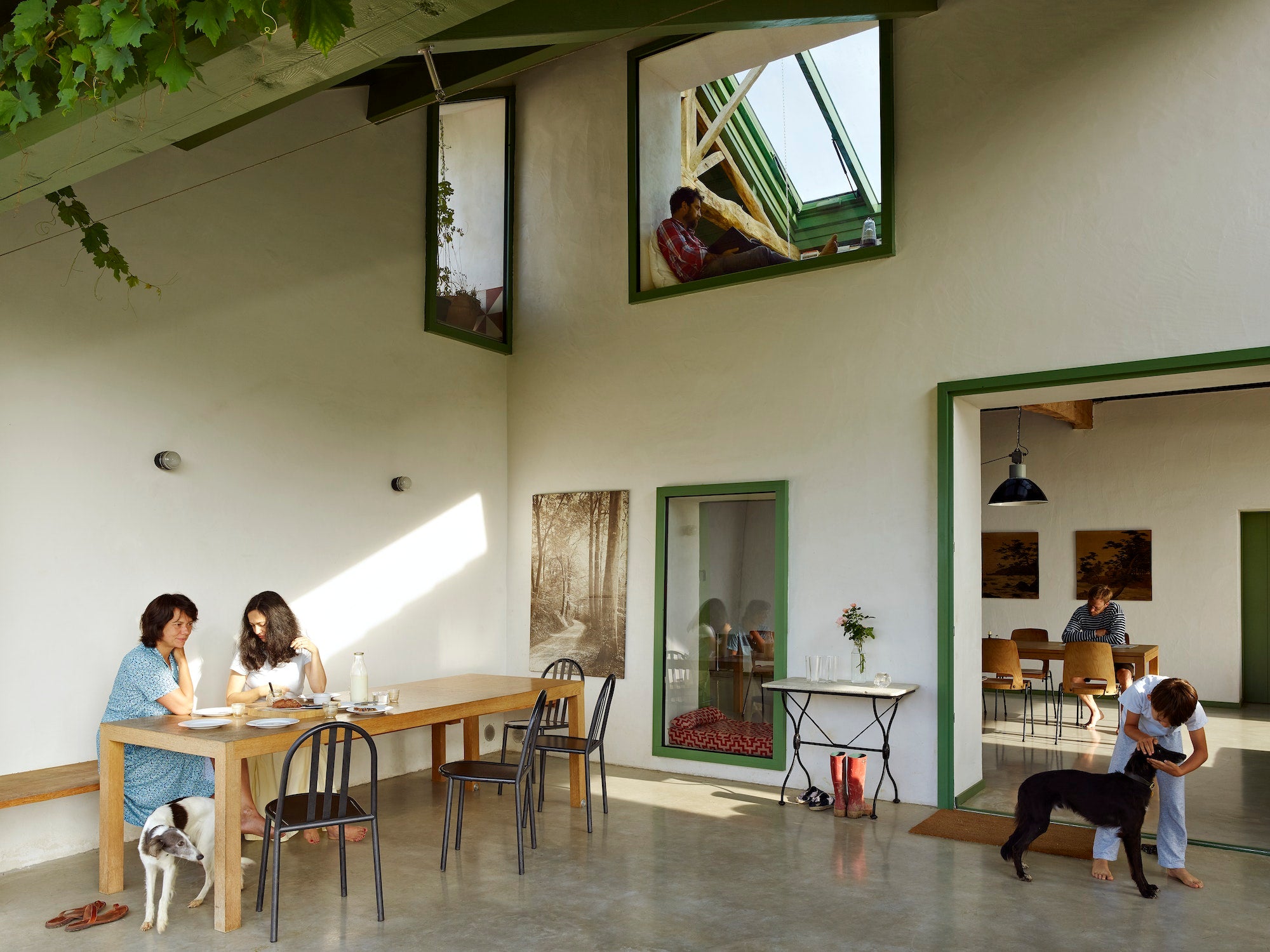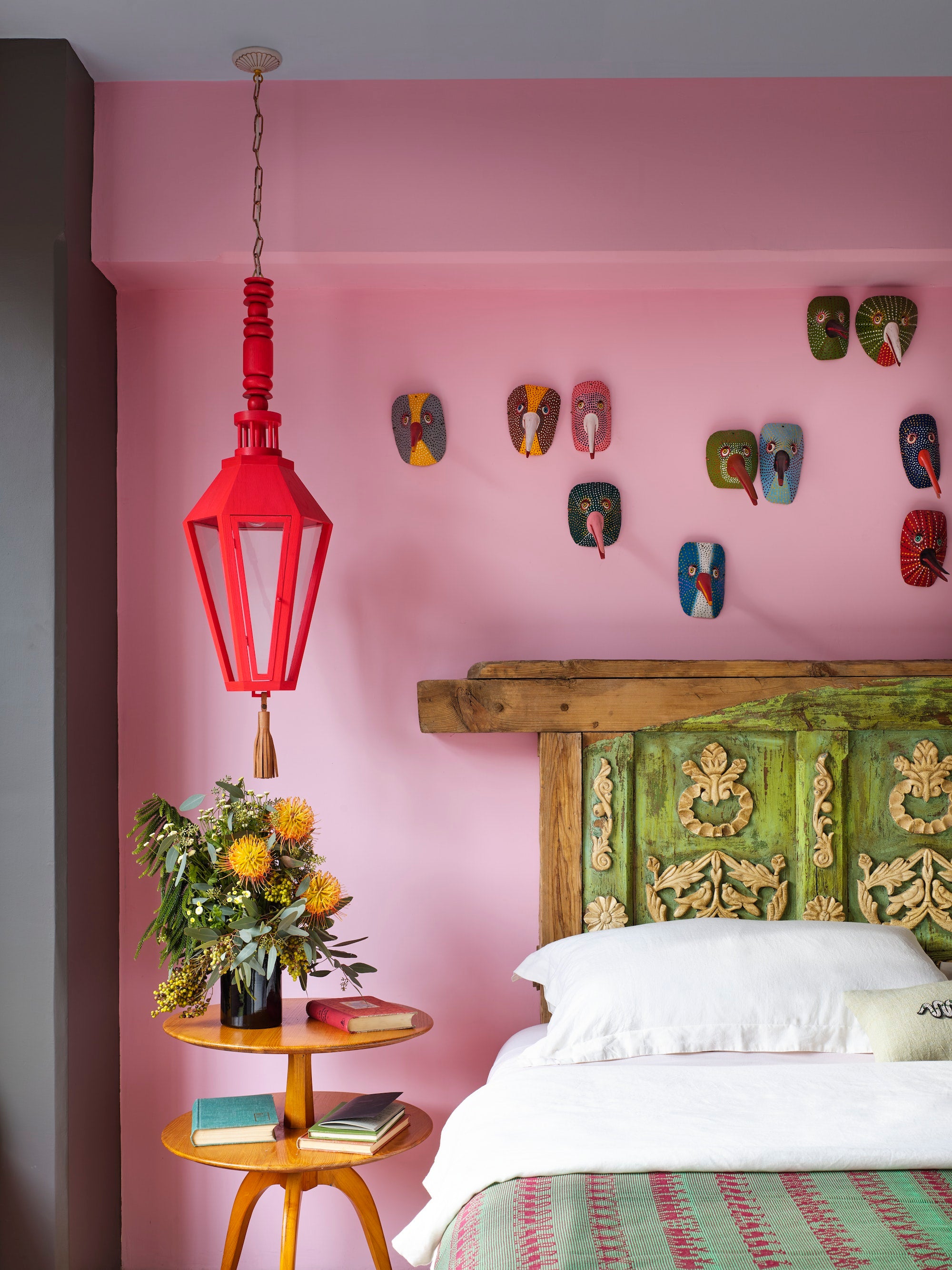
Discovering Concrete Jungle
Concrete Jungle reflects an attempt to understand concrete houses as more than just beautiful buildings, but as a result of much broader phenomena. - Romullo Baratto.
The clash of rational architecture with the organic lushness of tropical vegetation has created some of the most visionary and futuristic buildings we know.
Based on the concepts of Modernist style and Bauhaus aesthetics, tropical countries like Brazil or Mexico have developed their highly unique visions of an international style and an architecture which is both timeless and desirable, which continues to be highly influential around the globe. In Concrete Jungle we embark on a journey through the works of architects influenced by the tropical modernist style, from Luis Barragán to Paulo Mendes da Rocha, to Marcio Kogan.
In light of its release, we spoke with Romullo Baratto, managing editor of ArchDaily Brazil, and contributor to Concrete Jungle about this background, relationship with the book, and what readers can expect to see from the title.

(Photo: Courtesy of BoysPlayNice, Concrete Jungle)
Q. Hi Romullo, can you tell us a little bit about yourself, and your role within ArchDaily?
A. I was born in southern Brazil and graduated in architecture from the Federal University of Santa Catarina in 2013. After that, I moved to São Paulo to pursue my Master's in Architecture and Cinema at FAU-USP, the famous brutalist building designed by Vilanova Artigas. Now I’m finishing my Ph.D. research in the same institution and the focus of the thesis is a filmic atlas of the city of São Paulo.
Parallel to my academic life, I’ve been working with ArchDaily since 2013, first as a translator, then as an editor, and since 2019 as the managing editor of ArchDaily Brasil, where I coordinate the editorial content — news, articles, interviews, and events coverage — published in Portuguese. It’s an exciting role as I need to understand local idiosyncrasies and trends and how our content dialogues with them. At the same time, I cannot lose sight of the global context, as a big part of the pieces we publish in Portuguese are translated into English, Spanish, and Chinese, reaching a much larger audience.
On top of that, I also work as a photographer and filmmaker, focusing on architecture, interiors, and cities. Although I work with commissions from architecture firms, this work also relates to both my work as an editor and my academic research.
Q. As an architect, and urban planner - can you tell us how these two professions go together in order to benefit your work?
A. Architecture education in Brazil is never detached from urban studies. There’s hardly any institution here that focuses only on architecture, they all feature a series of classes dedicated to urban theory and design. And I think it makes sense, as we are always talking about living spaces, only at different scales.
In that sense, having been trained both as an architect and urban planner equipped me with conceptual baggage that is particularly useful in my current editorial work, as the thematic scope of pieces we publish encompasses all scales of architecture, from construction materials to urban strategies, from interior design to large scale civic buildings.
Q. How did you come to be involved in the creation of the Concrete Jungle?
A. I got contacted by Masha Erman, who works as an editor at gestalten. We first met in 2019 in Santiago, Chile, when she was the managing editor of ArchDaily global, and stayed in touch ever since. She shared the briefing of the project and asked me if I was interested in collaborating. I think she thought of me joining the team because of the underlying proximity of the general subject of the book and Brazilian architecture, which is often associated, from a foreign perspective, with modernity, concrete structures, and a tropical context.

(Photo: Courtesy of André Scarpa, Concrete Jungle)
Q. What sets the type of architecture displayed within Concrete Jungle apart from others?
A. The most interesting thing about the curated houses, in my opinion, is the fact that they not only show a geographical view that is far from the hegemonic standpoint in the architecture field, but they also span a long period, with buildings from the 1950s, tracing a sort of genealogy of concrete houses that goes from South American Modernism to contemporary practice in Africa, Asia, and Latin America.
Q. Which project from the book inspires you the most?
A. Many of them! I’m obviously happy to see some Brazilian classics featured in the book, like Niemeyer’s Canoas House, Artiga’s Baeta House, and Eduardo de Almeida’s Jardim Guedala House. These are buildings that deserved a spot in the book for their architectural qualities and historical importance, and I am proud to see them in a publication that will reach a global readership. Another house that caught my attention is Agustín Hernández Navarro’s Amalia Hernández House (1973), in Mexico City. Its interiors are so well-designed that it makes me want to spend some time there. I’d love to have the chance to visit this house someday.
Among the contemporary ones, I’m not impartial when I say I recognize so many architectural qualities in the houses designed by spbr arquitetos, the firm led by Angelo Bucci. I’ve been following his works since I was in school and in my opinion, he’s the most interesting architect of his generation in Brazil. An architect that truly deserves more international attention. On top of that, I need to say that South Asian production always surprises me. It’s impressive how inventive architects like Võ Trọng Nghĩa and Formzero can be using traditional materials.
Q. What makes the Concrete Jungle a unique Architecture title in your eyes?
A. The selection of projects is very careful and attentive to the subject of the book. It would be very simplistic to select a bunch of houses made out of concrete in the middle of the forest. There are many of them and they usually look gorgeous as there’s something appealing in the combination of luxurious greenery and the rustiness of the concrete.
However, the book goes deeper, and the curation of projects reflects an attempt to understand concrete houses as more than just beautiful buildings, but as a result of much broader phenomena from the 20th century related to architecture, modernism, and society. I believe the book is successful in this attempt.
Q. How was your experience collaborating with gestalten on this title?
A. Very smooth. I am very comfortable working remotely, as this has been my workflow for years. With gestalten it wasn’t different. For that to work both sides need to trust each other’s competence and skills — I obviously did, as an enthusiast of gestalten works for many years, and I felt it was reciprocal. I would love to collaborate on future projects.
Concrete Jungle presents some of the most exciting tropical houses and tells the surprising story of lush modernist architecture. Discover more today.


